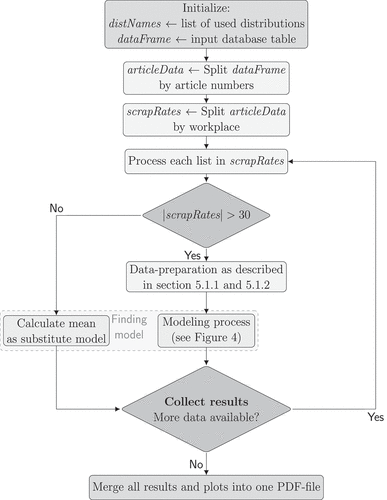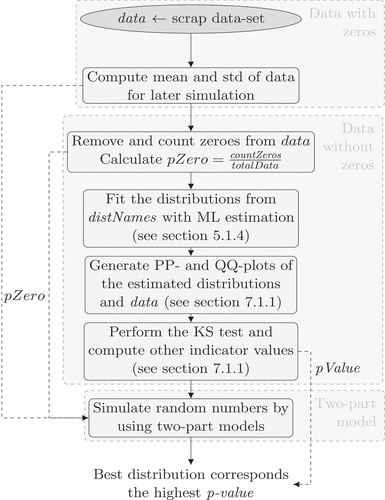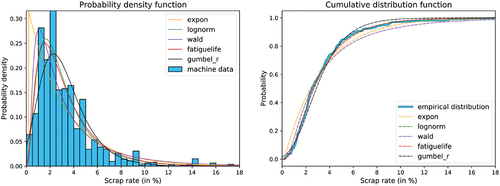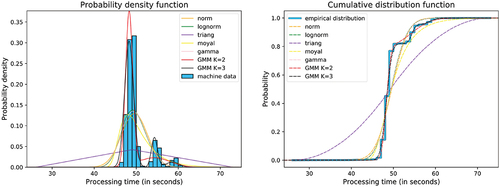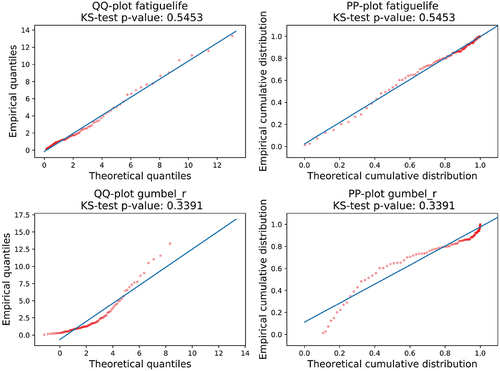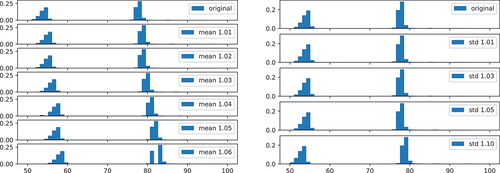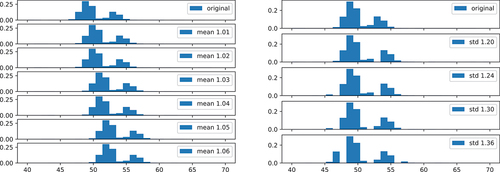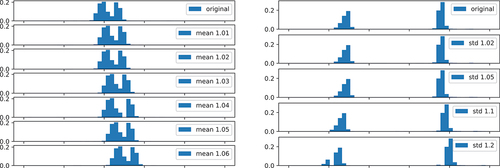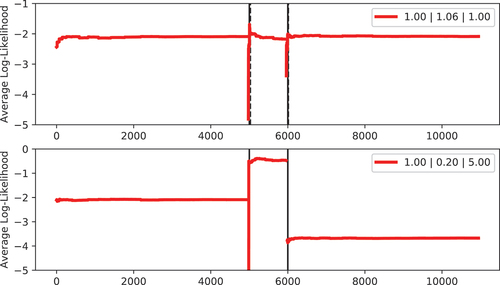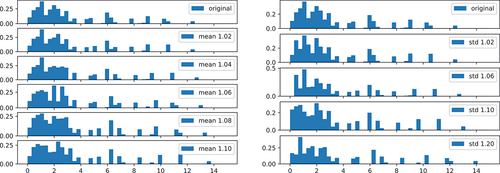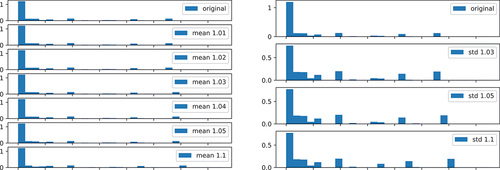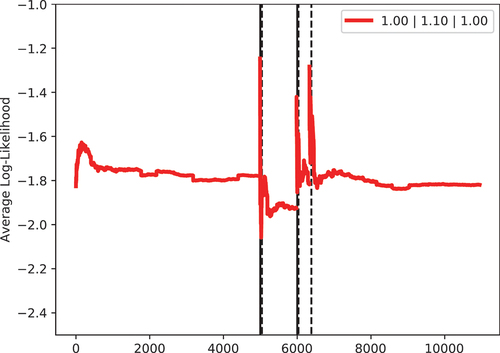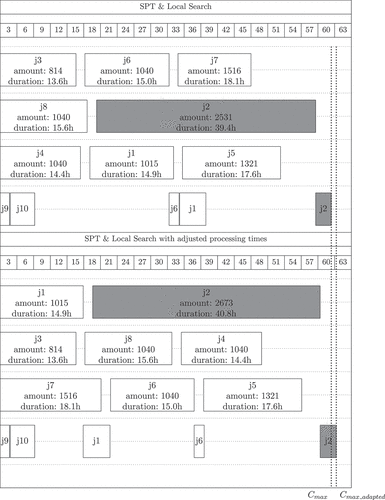Figures & data
Figure 2. Developed framework for combining simulation and optimization models (Schumacher, Citation2023).
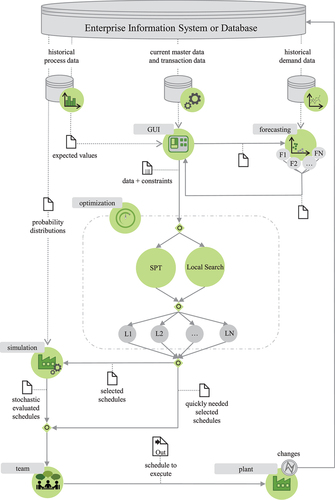
Table 1. Product parameters data concept for optimisation and simulation (Schumacher & Buchholz, Citation2020).
Figure 8. Model fitting process on a sample data set of machine processing times with multiple clusters.
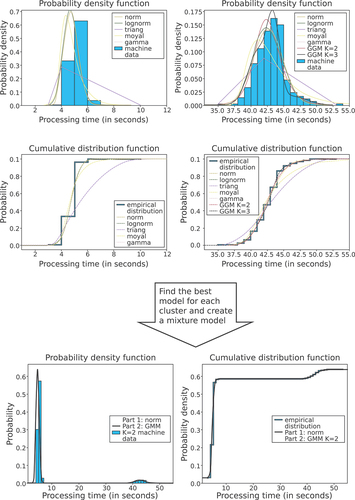
Table 2. Evaluation of KS-test for example scrap rate data sets.
Table 3. Fitted distributions for scrap rates.
Table 4. Evaluation of KS-test for example processing time data sets.
Table 5. Fitted Distributions for Processing Times.
Table 6. Change point detection for varying mean and variance values of the processing times (machine A, article 1).
Table 7. Change point detection for varying mean and variance values of the processing times (Machine B, Article 2).
Table 8. Change point detection for varying mean and variance values of the processing times (Machine C, Article 3).
Figure 14. Comparison of average log-likelihood for processing times (Machine A, Article 1) using the EM algorithm for GMMs.
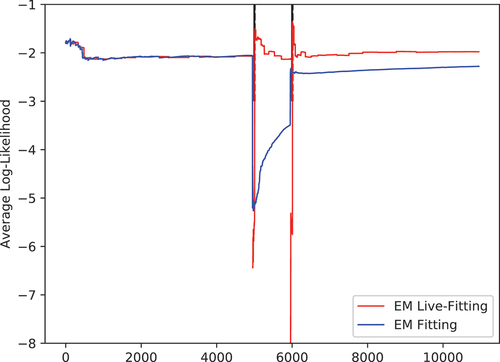
Table 9. Change point detection for varying mean and variance values of the scrap rates (Machine D, Article 4).
Table 10. Change point detection for varying mean and variance values of the scrap rates (Machine E, Article 5).


